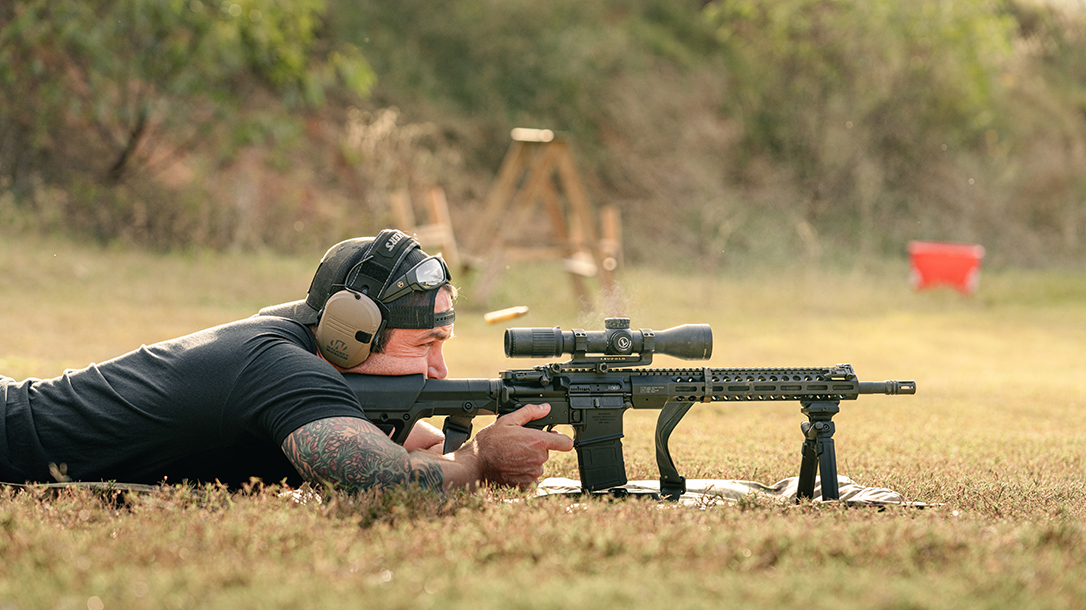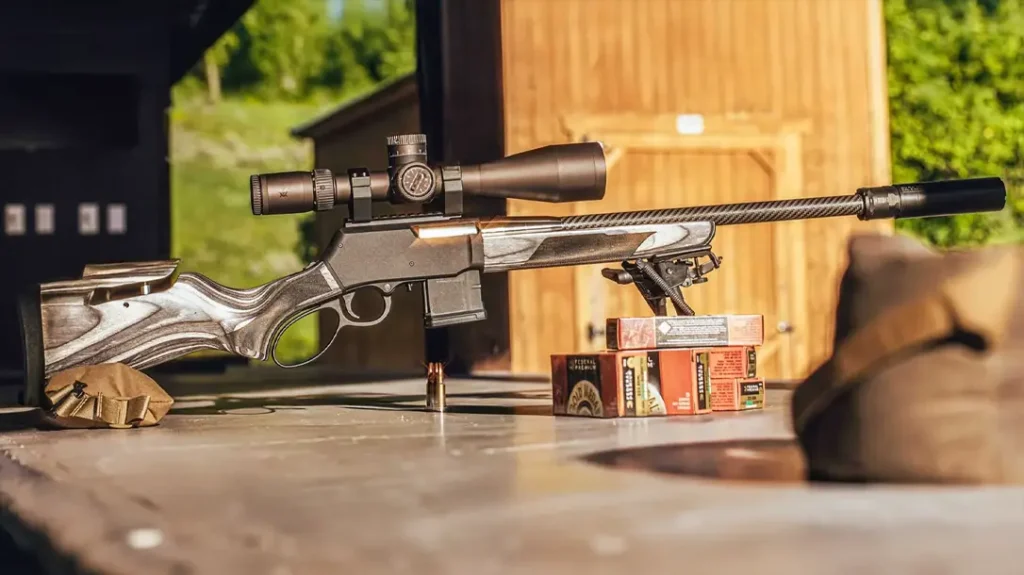Many optics on the market are equipped with Ballistic Drop Compensator (BDC) reticles. While this type of reticle can simplify shooting at distance, there are some considerations that can greatly enhance their use. For those unfamiliar with a BDC reticle, it is a reticle with hold off points designed into the reticle in lieu of Mil or MOA marks. This can be an extremely effective design if set up correctly. In this article we will offer a few methods of truing Ballistic Drop Compensators in order to address the main shortfall of this type of optic.
Trueing Ballistic Drop Compensators
A bullet’s ballistic coefficient (BC), velocity, and density altitude of environment determine the trajectory. BDC reticle designs based on the trajectory of a given bullet, traveling at a known speed in a specific environment, comes from data created by the reticle designer. The main problem with BDCs is that the trajectory of the end user’s bullet is subject to change when any one of these factors change. Of the three, BC and velocity have the greatest effect. The military was able to minimize these changes to great success with the Trijicon ACOG through the use of standardized barrel lengths and ammunition. As a result, this BDC reticle was effective for “minute of man” engagements at distance for most rifles.
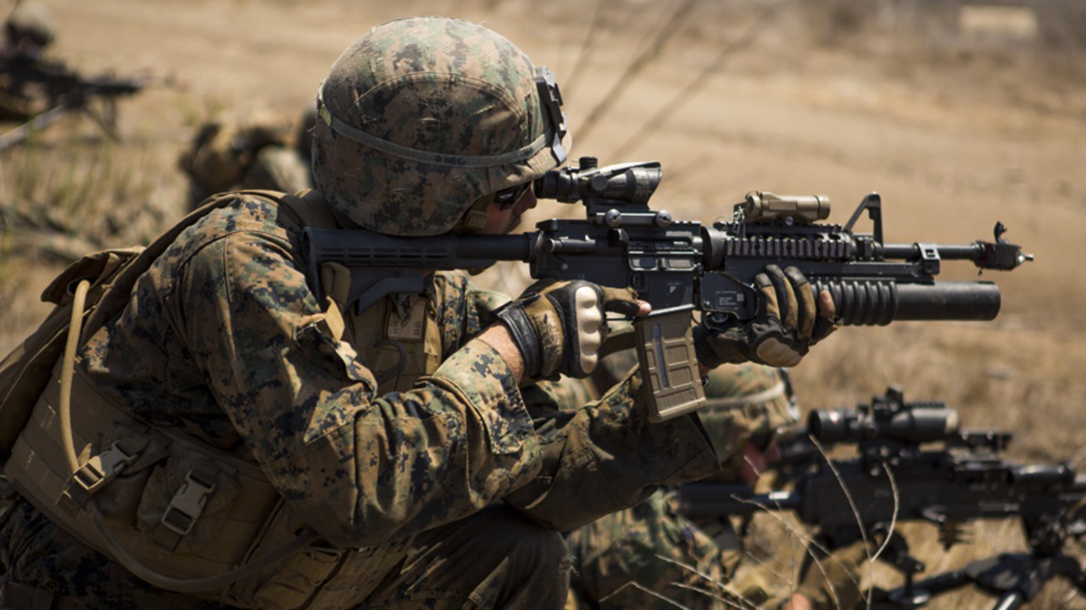
Advertisement — Continue Reading Below
Initial Considerations:
- What is the main purpose of the rifle?
- What are the accuracy requirements of the weapon system?
- What level of accuracy is your weapon and ammo combination able to achieve?
- Reticle setup in meters or yards?
- What are the distances in the reticle sub-tensions?
- All of these answers will factor in to determining how to set up your BDC.
Truing Ballistic Drop Compensators Options:
- Ballistic program truing
- Field expedient / 300 yard (meter) truing
- Zero Manipulation
Ballistic Program Truing
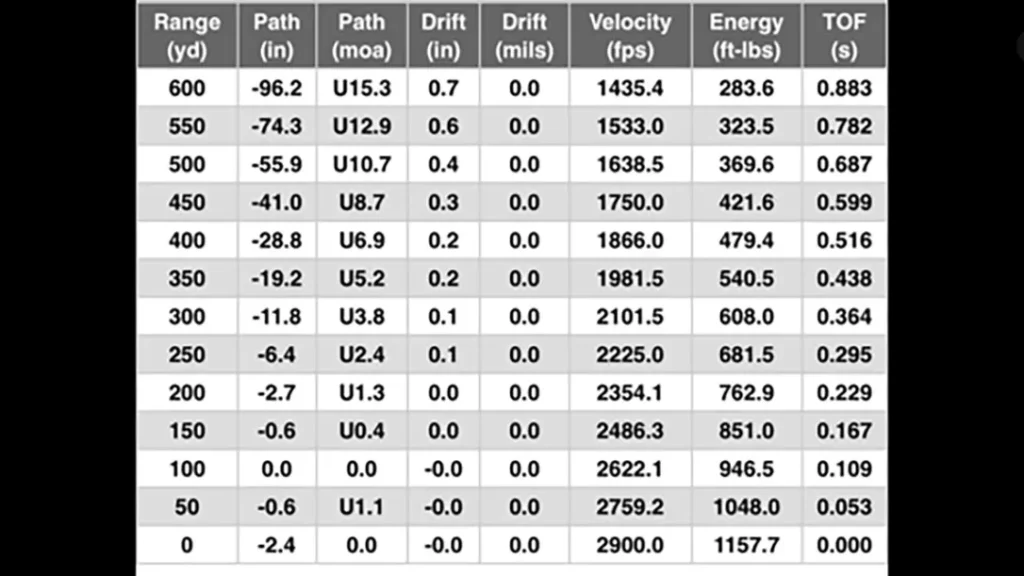
The first method is to locate a schematic showing the Mil or MOA drop of the hold off points; you then can determine your “holds” for your rifle and ammo setup. To do this, load all your data into a ballistic program. This will tell you what exact yardage corresponds to the stadia line values in your reticle. This is the most accurate method but is not very intuitive under stress. Hitting small targets at distance is where this method shines. The main issue with this method of truing is that it negates many of the benefits of the BDC reticle. By changing the hold points from 100-yard increments to random yardage increments, it makes a simple reticle complex. If pinpoint precision is your main goal, a Mil or MOA reticle may be a better option.
Field Expedient
The second way is zeroing at 100 then re-zeroing the rifle at 300 yards using the 300-yard BDC hold. This is not exact but will get you much closer to true for your further distance shots while having a negligible shift at 100 and 200 yards. For this method to be effective you have to be shooting a weapon/ammo combination that is similar to the one for which the scope is designed. An ACOG mounted on a rifle shooting subsonic 300 Blackout is not going to work well with this method. The benefit of this method is being a field expedient method that doesn’t require additional equipment.
Advertisement — Continue Reading Below
Zero Manipulation
The third method is a hybrid of the two previous methods. By manipulating the zero distance of the rifle, it can align the bullet’s trajectory closer to the stadia lines in the reticle. This method will require a few things: your velocity, an accurate BC, and a ballistic program that has the reticle you are using installed in the reticle overlay section of the program. Once you have inputted your data, modify the zero distance on the program to align the trajectory as close as possible to the corresponding distances stadia lines.
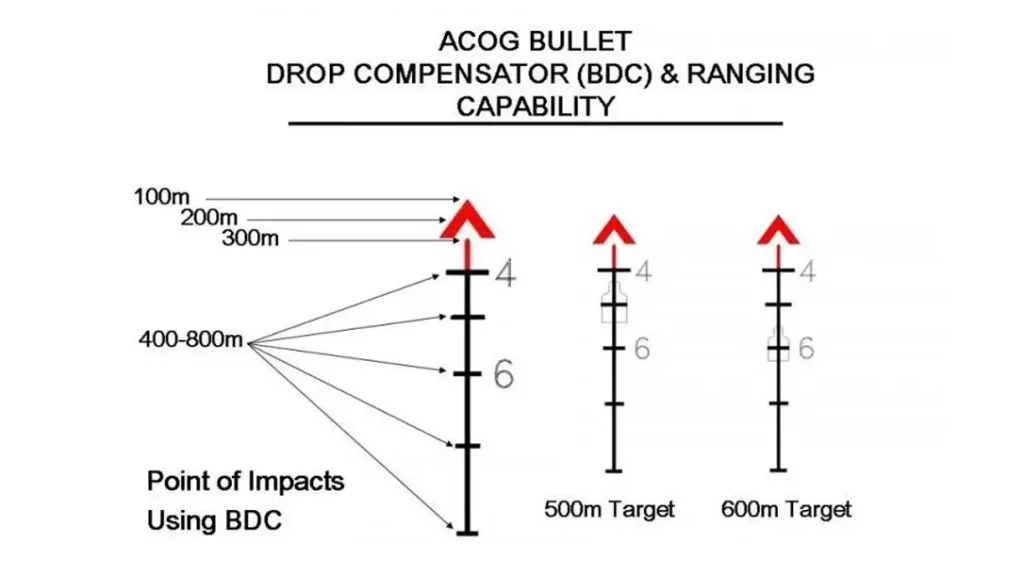
Using Chronograph Data
Confirm your velocity with a chronograph; don’t trust the data on the box. If you have accurate velocity and sight height measurements, you may have to adjust the ballistic coefficient to match the trajectory of the round. The main thing to look at is what velocity is that BC accurate, and is your weapon system firing the bullet at comparable speeds? Many companies are now publishing multiple BC’s for bullets, depending on velocity, which can greatly enhance the accuracy of your data.
Advertisement — Continue Reading Below
Let’s do a comparison with data taken from my M4. The TA31 ACOG’s reticle was designed for the M855 round traveling at 2,800 fps with a height over bore of 2.83. When I run that data, the 600-yard drop is 111.7 inches or 17.8 MOA. The 55-grain M193 round traveling at 3,000 fps has a 600-yard drop of 112.2 inches or 17.9 MOA. The Mk262 77-grain has a 600-yard drop of 104.3 inches or 16.6 MOA. For a combat rifle, this is not a significant difference in trajectory.
Where the major differences come in to play is when we start shortening the barrels and greatly change the velocity. If we run the numbers with the 10.3-inch MK18, we get a muzzle velocity of 2,639. The 600-yard drop becomes 129.9 inches or 20.7 MOA. The 55-grain M193 at 2,755 fps has a 600-yard drop of 141 inches or 22.4 MOA. The Mk262 77-grain has a 600-yard drop of 143.3 inches or 22.8 MOA.
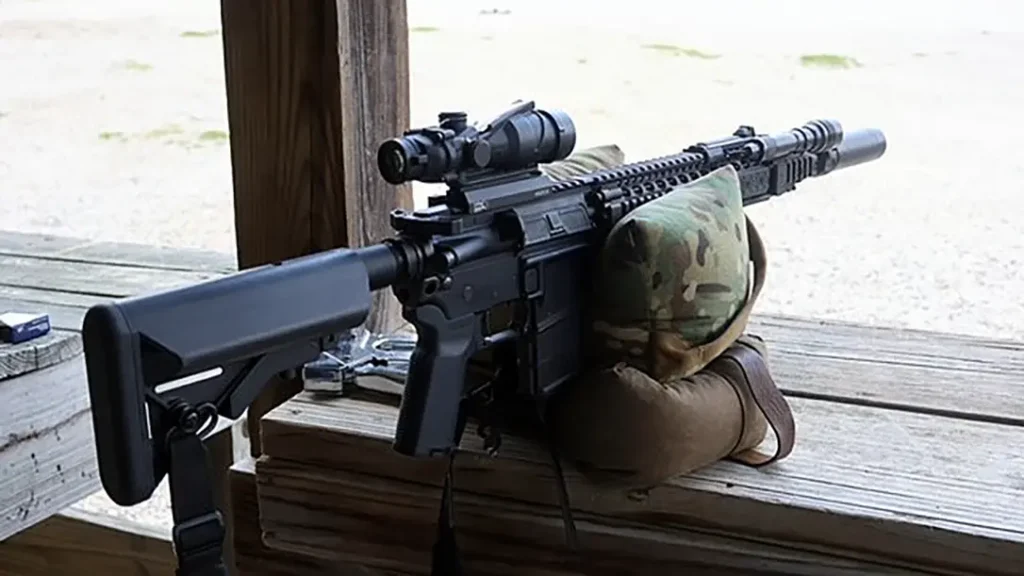
Advertisement — Continue Reading Below
Practical Application
The M4 data shows a weapon that would greatly benefit from the second method, that is, the 300-yard truing method. The Mk18 data indicates a weapon system which would benefit much more from the first truing method, calculating the specific hold data for the BDC reticle. This comes from understanding the main purpose of the weapon. Not a lot of people designate a 10.3-inch AR for their long-range setup, however, the Mk18 has proven it performs well in urban environments as a do-it-all rifle. The short barrel may not be optimized for work at distance, but it doesn’t mean it cannot do it effectively when needed. In urban environments we are mostly looking at sub-300 yard shooting.
For this situation, one might opt for a smaller, more maneuverable rifle. Knowing your rifle’s holds out to 300 yards will easily take care of 99% of likely targets. Set up your weapon system for your operational environment. If you choose a BDC, understand the benefits of speed and ease-of-use may come with limitations in terms of precision. This can be easily overcome with training and taking the time to learn what the BDC holds mean for your setup. Know your rifle, ammo, and optic. Understand that all of these factor into the capability of your weapon system. Like most things, consistent training with your system will yield much more capability to the shooter than simply buying the newest gear.
